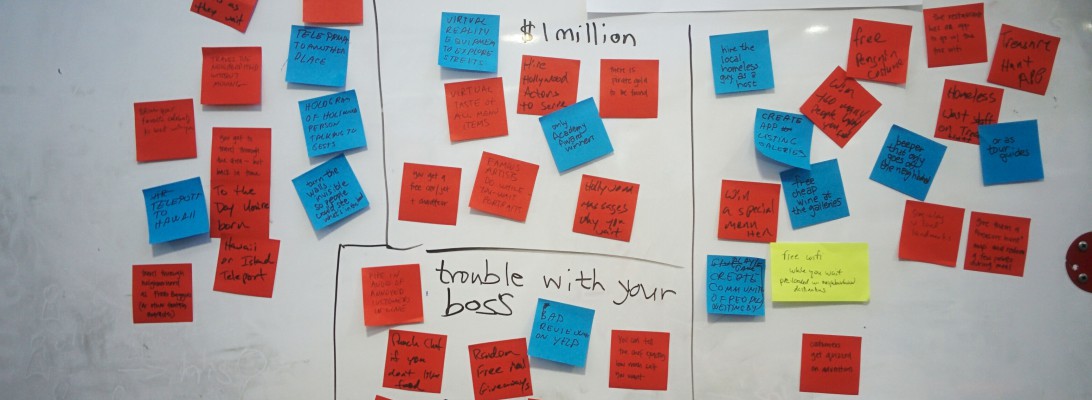This is my running list of books mentioned in class readings and that seemed intriguing, listed here mostly as a reminder to self.
Whistling Vivaldi: How Stereotypes Affect Us and What We Can Do — Claude M. Steele (borrowed)
The Monsters of Education Technology — Audrey Watters
(Alternatively, find and read the following articles: The history of the future of ed-tech / Un-fathomable : the hidden history of ed-tech (read for class) / Teaching machines : a brief history of “teaching at scale” / Against “innovation” / Engaging flexible learning / Robots and education labor / Moving from “open” to justice / Men explain technology to me : on gender, ed-tech, and the refusal to be silent / Ed-tech’s monsters / The future of education : programmed or programmable / Beyond the LMS / The future of ed-tech is a reclamation iproject / Beneath the cobblestones : a domain of one’s own / Convivial tools in an age of surveillance.
Teaching in a Digital Age — A. W. (Tony) Bates
Schools of Tomorrow — John and Evelyn Dewey (borrowed)
The Children’s Machine: Rethinking School in the Age of the Computer + Mindstorms: Children, Computers, and Powerful Ideas — Seymour Papert (borrowed)
Deschooling Society — I. Illich (borrowed)
The End of Average — Todd Rose
